Telcos now face threats on their mobile network from their own subscribers and their device says Mahmoud Samy, Area Head, Middle East, Pakistan and Afghanistan, Arbor Networks


Telcos now face threats on their mobile network from their own subscribers and their device says Mahmoud Samy, Area Head, Middle East, Pakistan and Afghanistan, Arbor Networks
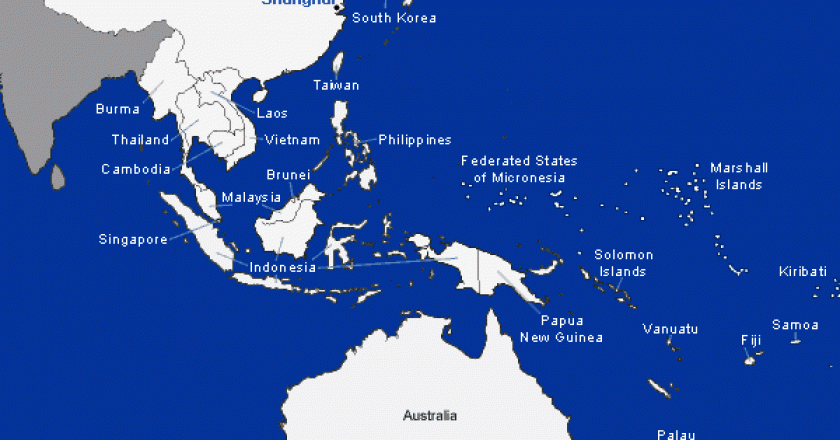
Asia Pacific’s tech market is set to grow by 4.5% in 2014 and 4.8% in 2015, according to Forrester’s 2014 global tech spending forecast.

Lower average selling prices for millions of new smartphones and tablets will help keep the global market for technology in 2014 at 1% below last year’s level, according to the Consumer Electronics Association.

The Middle East and Africa region’s insatiable demand for smarter mobile devices and multimedia content delivered on-the-go is causing telecom operators to battle tremendous growth in mobile traffic on their networks.
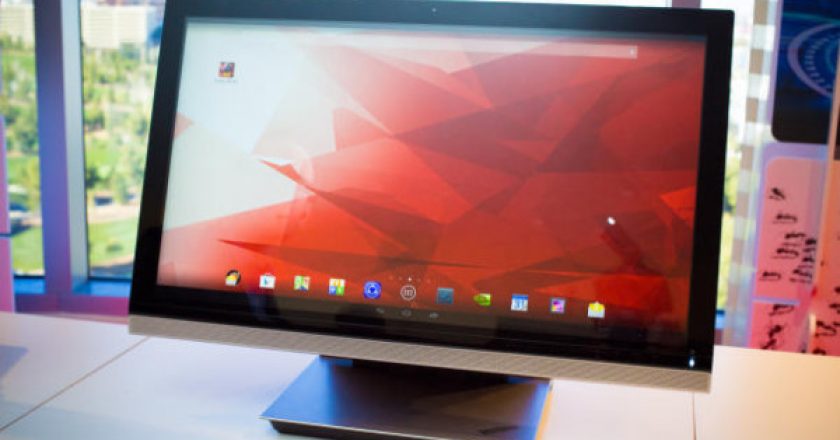
Lenovo is going beyond smartphones and tablets with Android, putting the operating system in a 28-inch 4K smart monitor and a new, 19.5-inch all-in-one PC.

Wearable technology is an exploding field in desperate need of a category-defining product. And now, with the Consumer Electronics Show upon us, we get to see whether any company can release an uncompromised, mainstream consumer hit in 2014.

As an annual maturity assessment, the Gartner Hype Cycle continues to provide an accurate indication of those technologies and IT trends that are continuing to change the landscape around us, particularly those that have created large-scale technological shifts that impact a diverse set of users.

Cast your mind back to the late 2000s – when the iPhone 3G beguiled consumers and the iTunes App Store began shifting users’ ideas about how they bought and used software. When Microsoft pros saw nothing but clear skies after Windows 7 cleared out the Windows Vista storm, and when green technology was touted as a transformative force in IT.

Taiwanese computer maker Acer has named Jason Chen, Vice President, Worldwide Sales and Marketing, Taiwan Semiconductor Manufacturing, as its new president and CEO, effective 1st January.
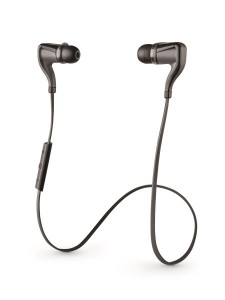
Plantronics, a wearable technology provider, introduced the BackBeat GO 2, the company’s next generation wireless stereo earbuds.
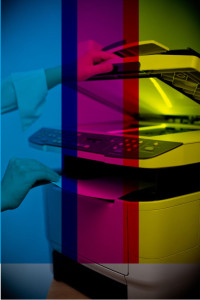
All-in-one colour printers have been gaining popularity in the last few years. Reseller ME analyses why and how it impacts the channel.

The potential business impact of cyber attacks and data loss, along with high-profile data breaches experienced by organisations like LexisNexis andEvernote, seems to have done little to convince small and mid-size businesses that they should be making cyber security a priority.
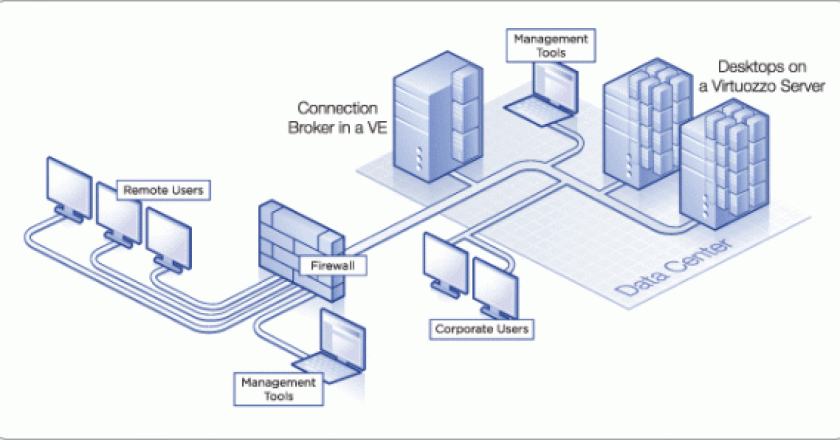
Virtual desktop infrastructure (VDI) is designed to deliver virtual desktops to client computers over a network from a centralised source. With traditional VDI, you create a master image (reference computer, or core) to use for all clients, then personalise images as needed.
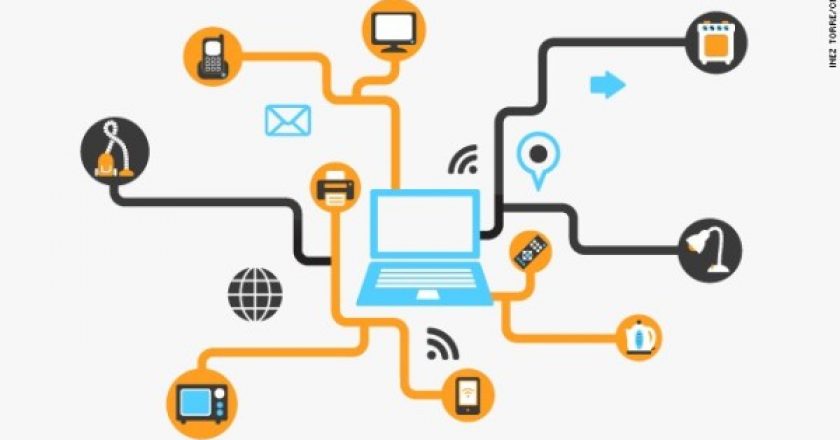
The Internet of Things, which excludes PCs, tablets and smartphones, will grow to 26 billion units installed in 2020 representing an almost 30-fold increase from 0.9 billion in 2009, according to Gartner.

These trends highlight potential technological development opportunities for businesses across the region.
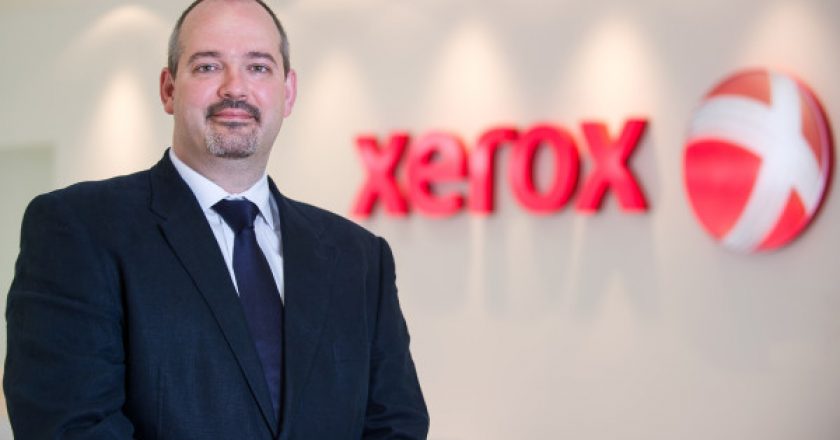
Xerox has released results of surveys into mobility in and out of the workplace, which reveal that 38% of workers feel most productive when at home.

Polycom has announced that its VVX business media phones, including the latest VVX 600, now support Arabic.

Dell Software yesterday introduced a suite of software and services for enterprise mobility management, including a ‘secure workspace’ for mobile devices that lets enterprise IT managers separate work from data apps.

IDC has released its predictions for the IT industry in 2014, and said it believes that Middle East spending will exceed $32 billion in the coming year.